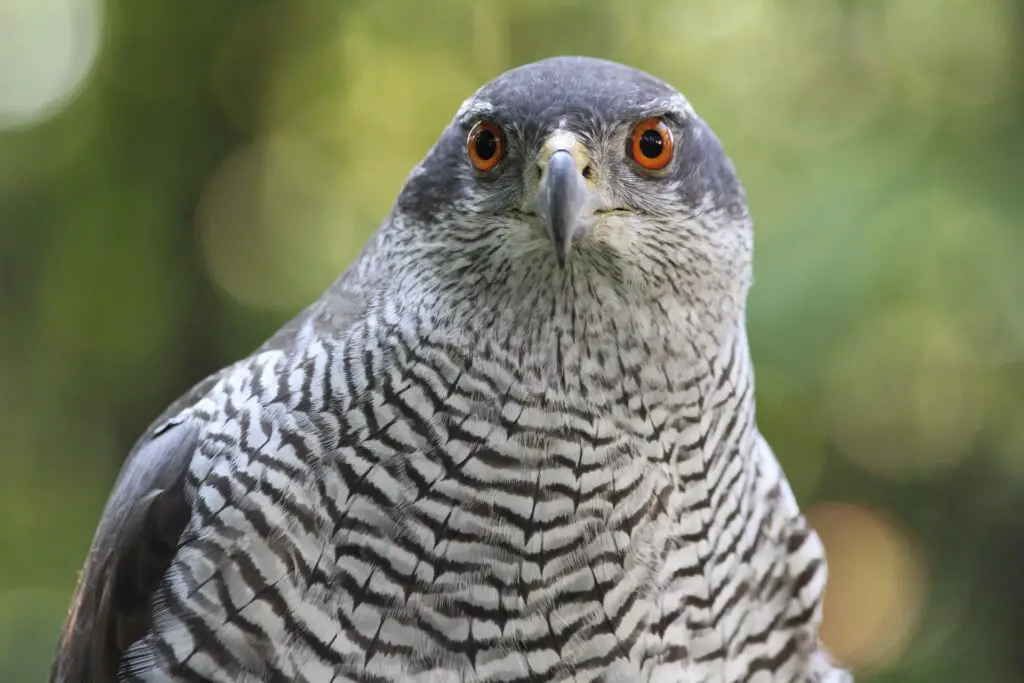Falconry, an age-old tradition, is the art of training birds of prey to hunt in coordination with a human. Originating in the ancient cultures of Mesopotamia and Mongolia, Falconry has been practised for hunting, sport, and companionship. The raptors – eagles, hawks, or falcons – are trained to respond to the falconer’s commands, creating a unique bond that signifies trust and respect between humans and birds. The art of Falconry requires patience, dedication, and a deep understanding of the raptor’s instincts and behaviour.
What is Falconry
Falconry, a practice with a rich history dating back several millennia, is the art of training and hunting with birds of prey, typically falcons, but also including hawks, eagles, and owls. Originating in the Far East and Asia, Falconry quickly expanded across the globe, becoming a symbol of nobility and power in many cultures. Today, it is regarded as a traditional sport and a means of conserving bird populations.

The relationship between a falconer and their bird is based on trust and mutual respect, with the falconer often serving as both trainer and caregiver. Training a bird for Falconry involves teaching it to respond to calls and commands and to return to the falconer after hunting or flying. The birds are not domesticated and thus remain wild animals despite their interactions with humans.
Falconry represents a unique intersection of nature and culture, combining elements of wildlife conservation, historical tradition, and sport. It is a practice deeply rooted in the understanding and appreciation of the natural world, delivering a powerful message regarding the importance of preserving natural habitats and biodiversity. Today, Falconry remains a vibrant tradition that celebrates our enduring bond with nature and the ancient sport of kings.
The History of Falconry and its origination
With its roots dating back thousands of years, Falconry has a rich and diverse history that spans different cultures and continents. Here are some key points to consider:
Origins of Falconry:
– Originating in ancient Mesopotamia and central Asia, it later spread to Europe and the Middle East.
– Initially used for hunting and gathering food, Falconry evolved into a status symbol and a form of entertainment for royalty and nobility.
Cultural Significance of Falconry:
– In various cultures, Falconry symbolized power, wealth, and nobility.
– Played a crucial role in aiding diplomatic relations between countries.
Falconry Techniques and Training Methods:
– Involves trapping, training, and flying of birds of prey.
– Training methods focus on nurturing a strong bond between the falconer and the bird through positive reinforcement and repetition.

Modern-Day Applications of Falconry:
– Used in wildlife management, pest control, and conservation efforts.
– Falconry is also practised as a recreational activity and for educational purposes.
Falconry’s origins and cultural significance, along with its decline and revival, shed light on the enduring appeal of this ancient practice. From its traditional roots to its modern-day applications, Falconry continues to captivate and inspire both falconers and enthusiasts alike.
Where is Falconry most common?
Falconry is most commonly practised in various regions around the world, including Europe, the Middle East, and Asia. These popular locations have a deep cultural significance when it comes to Falconry. In ancient times, Falconry was a prestigious sport, often practised by kings and nobles. Modern practices have evolved today, with Falconry becoming more accessible to enthusiasts from various backgrounds. However, regulations are in place to ensure the ethical treatment of these magnificent birds.
Training techniques have also evolved, with a focus on positive reinforcement and nurturing a strong bond between falconer and bird. Countries like England, Scotland, and Germany have a rich falconry heritage in Europe. In the Middle East, Falconry is deeply ingrained in the culture, with countries like the United Arab Emirates hosting extravagant falconry festivals. Countries such as China, Japan, and Mongolia have a long history of practising Falconry in Asia. So, whether you find yourself in Europe, the Middle East, or Asia, you will likely encounter the captivating world of Falconry.
Types of birds used in Falconry
Some of the most common birds used in Falconry are:
- Peregrine Falcon: Known for its speed and agility, the Peregrine Falcon is widely considered the ultimate falconry bird.
- Gyrfalcon: This bird is found in the arctic regions of Europe and North America, making it popular for hunting in colder climates.
- Prairie Falcon: Popular in North America, this bird is known for its endurance and ability to hunt small game.
- Ferruginous hawk: Found in the western parts of North America, this bird is used for hunting larger prey and has a fierce temperament.
- Merlin: A smaller species of falcon, the Merlin is quick and agile, making it ideal for hunting small game in densely wooded areas.
- American Kestrel: This small falcon is commonly used by beginner falconers due to its cooperative nature and easy handling.
- Red-tailed hawk: This widely distributed hawk is used in Falconry for its ability to hunt a variety of prey, including small mammals and birds.
- Harris’s hawk: This social and intelligent species is used in Falconry due to its cooperative hunting techniques.
- Cooper’s hawk: Known for its stealth and agility, this hawk is used in Falconry to hunt small game.
- Golden eagle: This powerful bird is used by experienced falconers to hunt larger prey and has been featured in many traditional folk tales and legends.
- Goshawk: This bird is known for its strength and aggression, making it a popular choice for hunting in dense woodland areas.
How Can I Learn Falconry?
If you want to fully experience the ancient art of Falconry, it is essential to regularly attend workshops and apprenticeships where you can learn from experienced falconers. These learning resources provide valuable insights into the training techniques, legal requirements, and equipment needed for Falconry. Here are two key ways to start your journey:
Finding a Mentor:
– Reach out to local falconry clubs or organizations to connect with experienced falconers who can guide you through the learning process.
– Attend falconry events and seminars to network with professionals and find potential mentors who can share their knowledge and expertise.
Practical Experience:
– Seek opportunities to observe and assist falconers in their daily activities, such as feeding, training, and handling the birds.
– Volunteer at Raptor rehabilitation centres or wildlife sanctuaries to gain hands-on experience working with birds of prey.
So, now you know all about the captivating world of Falconry. From its ancient origins to its widespread practice today, Falconry continues to mesmerize and enchant. If you’re longing to dive into this passionate pursuit, be prepared for a journey like no other. Learning Falconry requires dedication, patience, and a deep love for these majestic creatures. So, strap on your falconry gloves and embark on an adventure that will take you to the skies and beyond.
Frequently Asked Questions
How long has Falconry been practised?
- Falconry has been practised for over 4,000 years, with its origins traced back to ancient Mesopotamia and Central Asia. It has since spread across the world, becoming both a historical tradition and a modern recreational pursuit.
What birds are commonly used in Falconry?
- Common birds of prey used in Falconry include falcons, hawks, and eagles. The specific species chosen depends on the falconer’s preferences, the intended use, and local regulations.
How does Falconry work?
- Falconry involves training a bird of prey to cooperate with the falconer in hunting. The bird is trained to pursue, capture, and return the game under the guidance of the falconer. It requires a deep understanding of the bird’s behaviour.
Is Falconry still practised today?
- Yes, Falconry is still practised worldwide, both as a cultural tradition and a recreational activity. Many falconers engage in the art for conservation, education, and pest control purposes.
Do falconers use birds for hunting only?
- While hunting is a primary aspect of Falconry, falconers also engage in educational programs, conservation efforts, and falconry displays. The relationship between falconer and bird goes beyond hunting.

